NCDs, or non-communicable diseases, are chronic conditions that pose a major public health challenge worldwide, causing millions of deaths and disabilities annually. Community-based interventions, such as health education, lifestyle programs, and early detection, can help prevent and manage NCDs. Arogya World, a non-profit organization in India, is using behavior change communication through their doorstep health model to make NCD prevention accessible in communities, schools, and workplaces across urban and rural areas.
In this interview with TheCSRUniverse, Swati Saxena, Head, India (Growth and Strategy) at Arogya World, shares insights into community involvement in NCD treatment and management, the impact of their programs, recommendations for effective community engagement, and the role of technology in NCD prevention and management.
To discover more about the role of community-led actions in NCD management, read the complete interview.
Interview with Swati Saxena, Head India (Growth and Strategy) at Arogya World
Q: What are some examples of community interventions that can help tackle non-communicable diseases (NCDs)? What steps is Arogya World taking to address the issue?
A: Arogya World’s mission is NCD prevention (including diabetes) through health education and lifestyle change throughout India. Our innovative doorstep health model uses behaviour change communication to take prevention to people where they live, learn, and work, making it accessible. Programs are implemented in communities, schools and workplaces across urban and rural settings, targeting men, women and adolescents.
Q: What impact have Arogya World's efforts had in the communities they serve?
A: Our programs are evidence-based with user-centred design and demonstrated impact (15% impact among adolescents in schools; 20% among adults using text messages). We have reached 9.3 million people across 19 states with plans to reach 55 million by 2025. Our programs are helping India meet its SDG 3 (good health and well-being) commitment.
Q: How can community-based programs be effective in NCD prevention and management? Please share your recommendations.
A: Community engagement is critical for success on these programs that focus on awareness generation for behaviour and lifestyle changes along with screening, early diagnosis, treatment and referrals for management of NCDs. Thus, it is important to have active participation of the community by involving them in the design process to create a program that is relevant, culturally appropriate and addresses an existing need. Arogya World’s programs include Healthy Schools, a middle school-based program across India that focuses on the basics of healthy living that has reached 750,000 children. mDiabetes, a mobile messaging program that has reached 1.5 million people. Our Healthy Workplace Program that advances workplace health has reached 5.8 million people in 186 companies. MyThali is a nutritional program that empowers Indians (in urban and rural India) to eat healthier food and has reached 1.25 million people.
Q: How can communities be engaged to raise awareness about NCDs? What are some barriers to community engagement in NCD prevention and management, and how can they be addressed?
A: Lifestyle management is critical for NCD prevention and management. For example, while NPCDCS’s recommendations include Diabetes Self-Management Education (DMSE), this is a gap area. A cross-sectional study amongst diabetic patients in northern India reported 52% and 30% non-adherence to the exercise regimen and dietary recommendations, respectively. Reasons include lack of trained staff, along with overburdened health workers in overcrowded health facilities who are unable to provide information and counsel on adoption of healthy behaviours. Here, technology can plan an enabling role.
Q: How can policymakers and government agencies support community interventions in NCD prevention and management? How can community interventions be scaled up to address the increasing burden of NCDs globally?
A: It is important to integrate community interventions on prevention with routine care services as it has the potential to be scaled across the country as part of the package of routine services for diabetes under NPCDCS. For example, Arogya World’s mDiabetes program is an mHealth intervention where information on diabetes prevention and control is sent in the local language to the mobile phones of beneficiaries. Technology is a key component for delivery of comprehensive primary health care services through HWCs, which includes digitisation of patients' health records. Thus, there is great potential to leverage technology as in each individual diagnosed with diabetes at the primary level is sent mDiabetes content as a routine care service, addressing this critical gap of access to health education and behaviour change content.
Q: How can education and awareness campaigns be designed to reach and resonate with different segments of the community?
A: Arogya World is testing an integrated community-based approach to diabetes prevention. The interventions will be delivered concurrently in the same rural community in India. This integrated approach will implement four concurrent interventions for diabetes prevention targeting rural families and the community. The four interventions target different age groups (father, mother, grandmother, daughter and son) within a rural family and include the larger village community as well, thus creating an enabling ecosystem that encourages the adoption of desired behaviours through a “surround sound” effect.
Q: How can technology and digital platforms be leveraged to support community interventions in NCD prevention and management?
A: India currently has 1.1 billion mobile subscribers. Thus, an mHealth solution that directly reaches individuals can effectively deliver health education and behaviour change communication content. Integrated with existing health services, it holds the potential to address the gap in patient-centred care at the primary level. In response to COVID, Arogya World digitized its Healthy School Program in 2020 and it is now available on the government platform Diksha, becoming the first Digital Adolescent Health Program of its kind.
Q: How does Arogya World work with policymakers to promote policies that promote NCD prevention and management?
A: Arogya World works closely with the state and local governments for program implementation, in alignment with its system-change approach.
Accordingly, the Healthy School Program is aligned with the Ayushman Bharat School Health program of Government of India with a focus on healthy lifestyle, good nutrition and NCD prevention. In 2020, we held a multi-stakeholder consultation with PATH, and conducted a thorough technical and ethical review of the MyThali tool, with representatives and experts from the Ministry of Health & Family Welfare, UNICEF, NITI Aayog, NGOs, academia, World Bank. This, along with inputs by rural girls and their mothers, helped develop a human-centric aspirational, empowering, interactive design for MyThali.
At the state level, we have partnered with state governments of Maharashtra (Thane district) and Goa to roll out the school program among middle school students. At the district level, Arogya World has been appointed as Technical Assistance partner to roll out the healthy school program with all middle school students in government schools of Banda district of UP. Arogya World is also in advanced discussion with the Karnataka government for implementing various projects throughout the state.





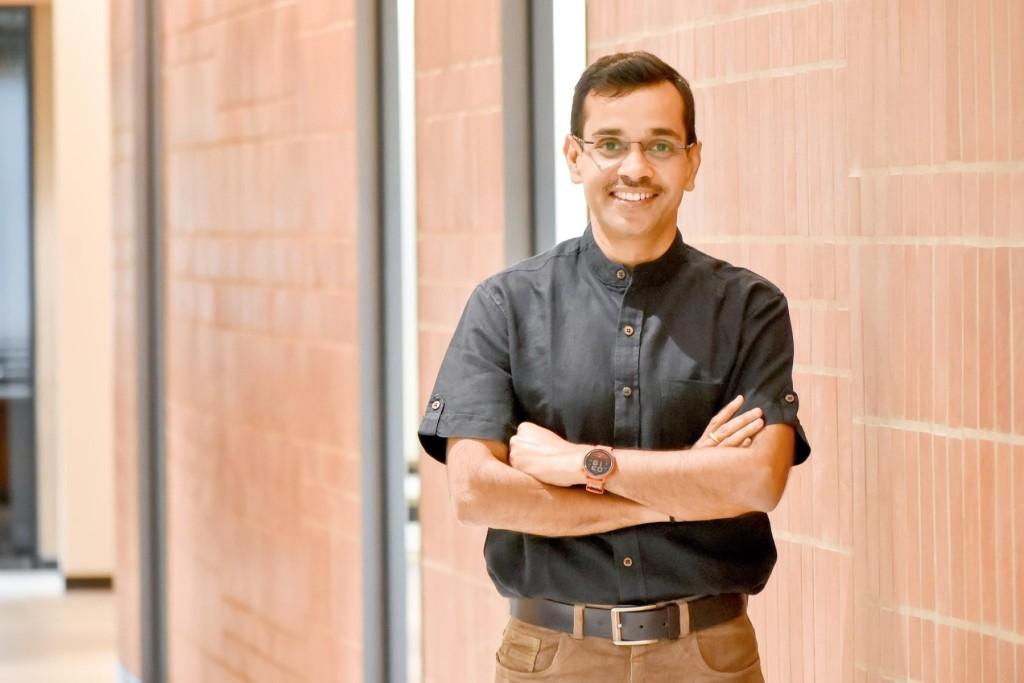

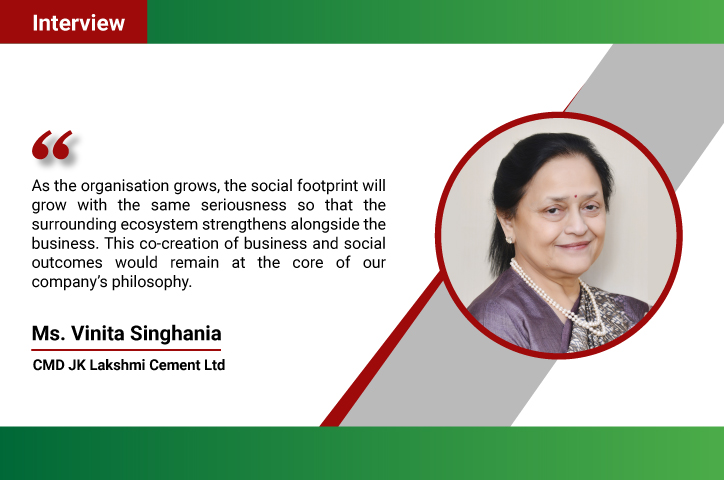

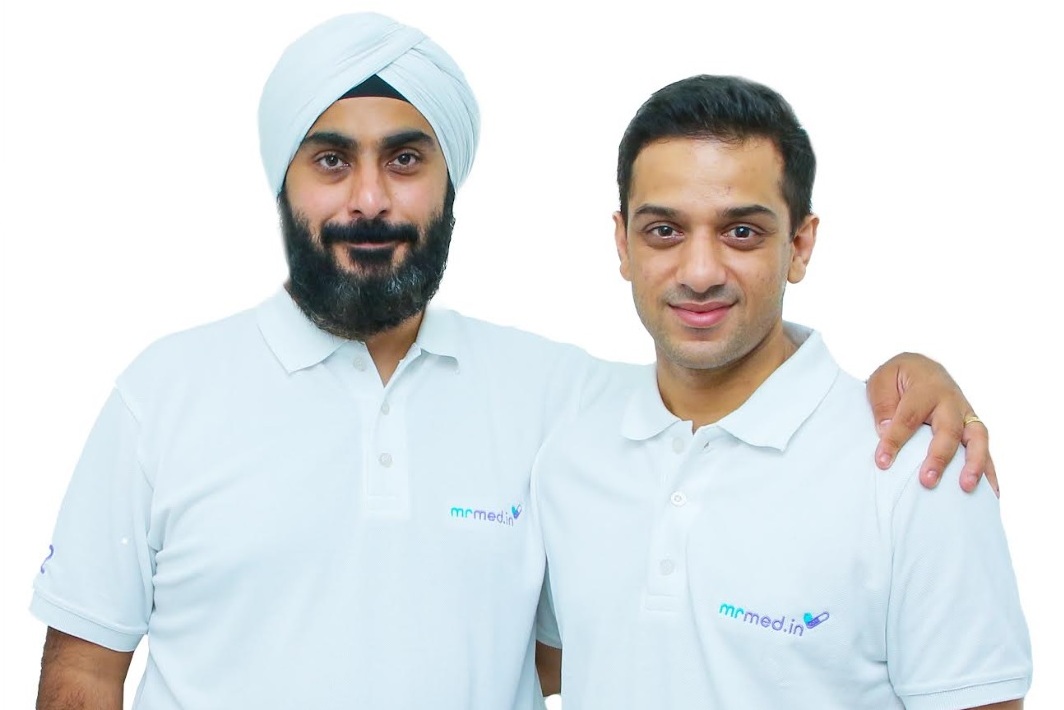
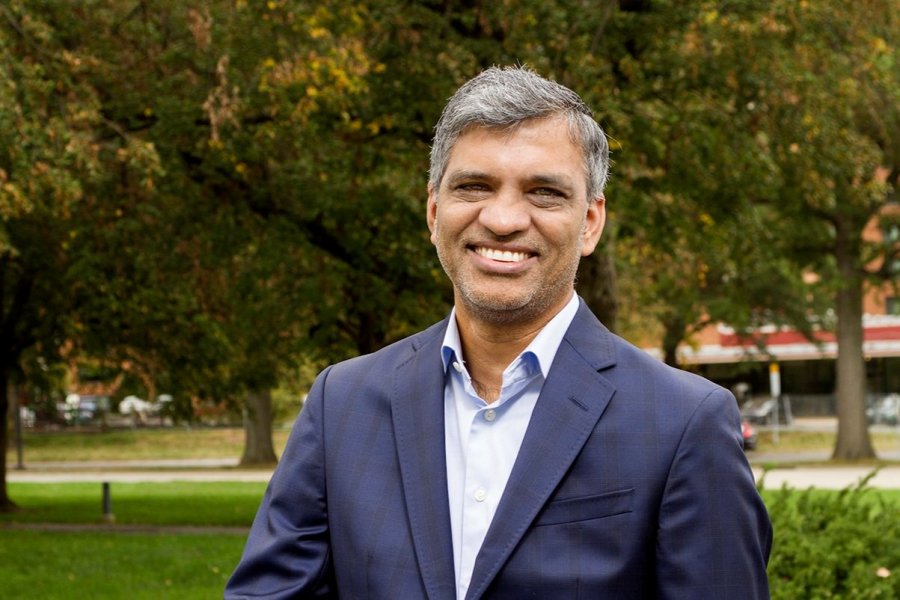



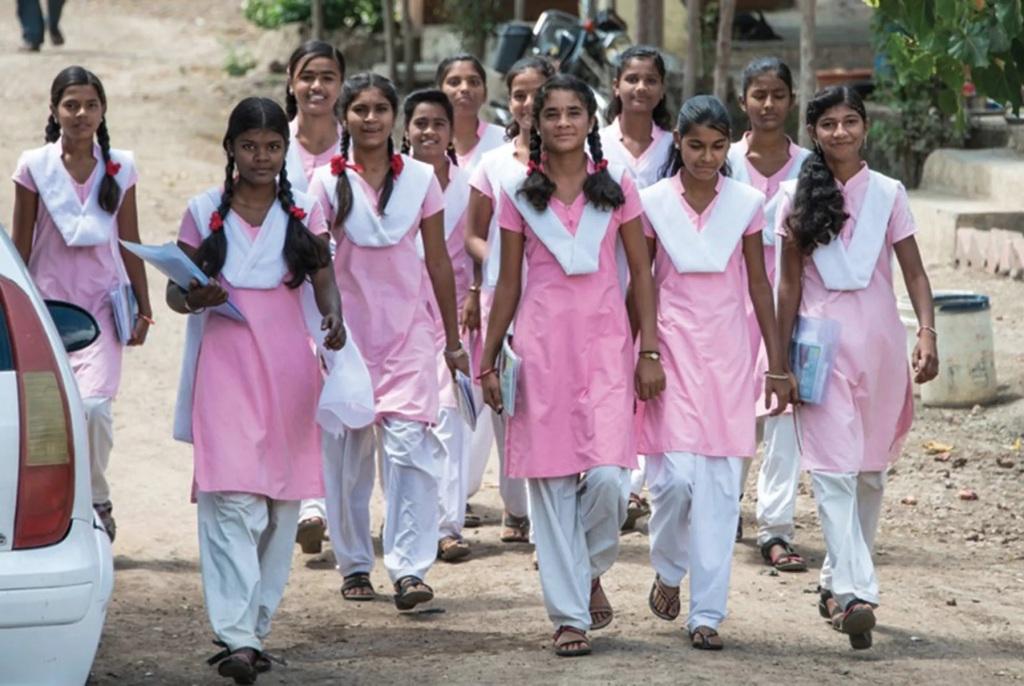

.jpg)




